How to grow white radish? Pollution-free and high-yield planting techniques of white radish
White radish belongs to the genus radish of Cruciferae, which is a common rhizome vegetable in daily life. White radish has fine meat, sweet and juicy taste, rich nutrition and high edible value, so it is favored by the market and has a good planting value, which attracts many farmers to plant. So, how to grow white radish?
I. soil selection
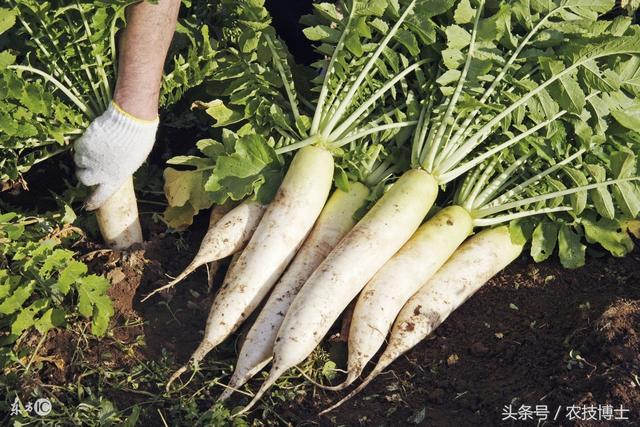
It is appropriate to choose sandy soil, loam and light clay which are rich in organic matter and fertile soil.
Second, fine land preparation
After the previous harvest, remove the residual leaf weeds, pick up the gravel, and deeply plough and crush the grass.
1. Net species: deep turning, depth of more than 30cm, Kang drying for 5-7 days, 1500-2000 kg of rotten farm manure, 30 kg of common calcium, 10-15 kg of potassium sulfate and 0.5-1 kg of borax per mu.
two。 Interplanting: flue-cured tobacco more than half a plant, the two soil moisture of flue-cured tobacco into one, soil moisture width of about 2 meters, pond spacing of 35-40 cm, 5-8 kg compound fertilizer per mu as seed fertilizer, sprinkled in the pond.
Third, sowing seeds
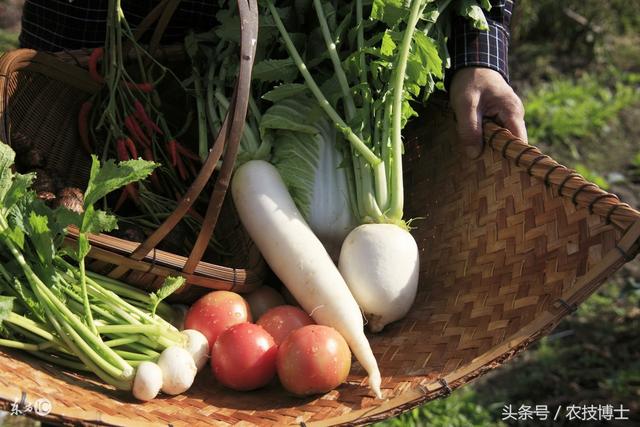
1. Seed treatment: seeds should be carefully selected before sowing, weeds should be removed and exposed to the sun for 2-3 hours.
two。 Sowing techniques: before sowing, pour enough bottom water, sow 3-4 seeds in each pond, sow seeds sparsely and moderately, 0.3-0.4 kg per mu. After sowing, cover the pond with 5-1000 kg fine dung soil mixed with 15-20 kg of common calcium, 15-20 kg of potassium sulfate, 0.5-1 kg of borax and 3 kg of parathion granules.
4. Determine the seedlings
In order to grasp the principle of "setting in the morning and the evening", when the seedlings are 2-3 leaves for the first time, remove the young seedlings, sick and weak seedlings, and 2-3 strong seedlings in each pond. The seedlings were fixed with 5-6 leaves and only one plant was left in each pond. When fixing the seedlings, depending on the growth of the whole field, pull out the small weak seedlings and larger seedlings, so that the plant growth is neat and consistent.
5. Weeding and soil cultivation by ploughing
White radish should be ploughed for 2-3 times during the whole production period, first deep then shallow, first near and then far, to avoid root damage. Stop ploughing after closing the row, and cultivate the soil in the ditch on the soil surface in the last ploughing to prevent the seedlings from falling down.
VI. Watering
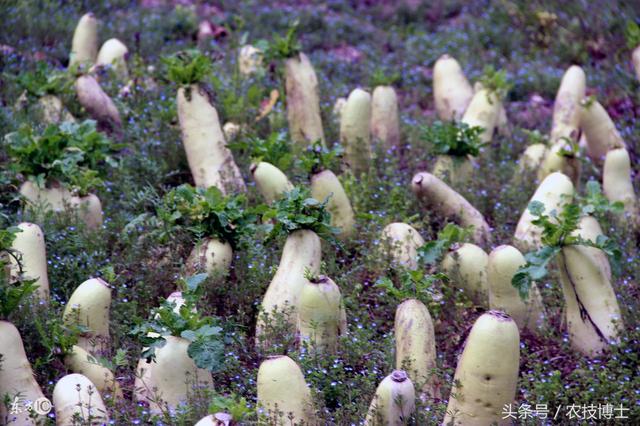
It should be based on crop growth period, rainfall, temperature, soil quality, groundwater level, air and soil moisture. Generally, it is necessary to water less in the seedling stage to promote root growth to the depths; in the peak period of leaf growth, more water is needed and appropriate irrigation is needed, but not too much, so as to cause excessive growth; during the period of rapid expansion of fleshy roots, uniform irrigation should be given to promote the growth of fleshy roots and become more fat and tender; stop irrigation half a month before harvest to improve quality and storability.
VII. Scientific fertilization
The topdressing time was determined according to soil fertility and growth status, which was generally divided into two stages in seedling stage, leaf growth stage and fleshy root growth stage. Nitrogen fertilizer was mainly applied in seedling stage and leaf growth stage, urea 10kg and ternary compound fertilizer 15kg, and more phosphorus and potassium fertilizer, calcium 15kg, urea 10kg, nitrogen, phosphorus and potassium compound fertilizer 25kg, borax 0.5-1kg should be applied in the peak growth stage of fleshy root, and the available nitrogen fertilizer should not be used in 20 days before harvest.
VIII. Integrated control of diseases and insect pests
In accordance with the plant protection policy of "prevention first, comprehensive control", priority should be given to agricultural control, physical control, biological control, and scientific and rational use of chemical control. When using chemical control, we should scientifically adopt new pesticides with high efficiency, low toxicity and low residue to achieve accurate, early and small control of diseases and pests, and reasonable mixed use, rotation and alternation of drugs.
IX. Timely harvest
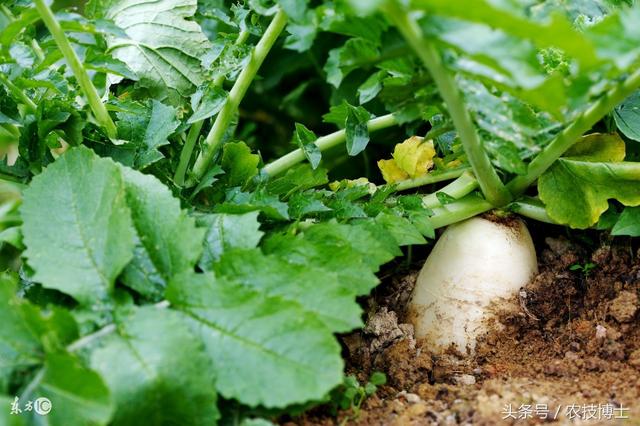
When the fleshy root of white radish is fully expanded, the leaf color darkens, and begins to turn yellow, when the root head appears coarse grain, it is harvested in time, usually about 70 days after sowing the latter, according to the needs of the market, processed into shredded white radish or strips, dried and stored for sale.
[conclusion] White radish is a common vegetable, which can be eaten raw and cooked. It also has certain medicinal value and high benefit.
- Prev
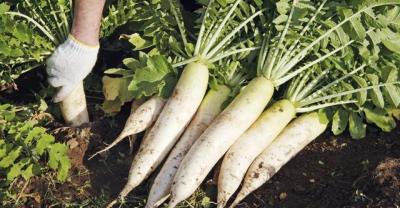
When is the best time to sow okra? Planting time and conditions of okra
Okra, also known as Vietnamese sesame, sheep's horn bean, paste, etc., is an annual herb of okra in the family Malvaceae. The leaves, buds and beans of okra are rich in eggs.
- Next
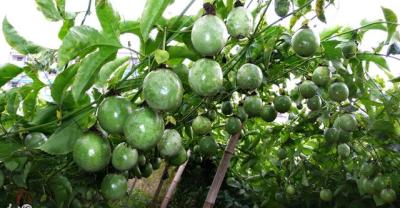
How to grow pitaya? How to choose dragon fruit seedlings? Pitaya planting technology
How to grow dragon fruit? How to choose dragon fruit seedlings? [Expert answer] Pitaya planting technology: [small series conclusion] Pitaya planting...
Related
- Fuxing push coffee new agricultural production and marketing class: lack of small-scale processing plants
- Jujube rice field leisure farm deep ploughing Yilan for five years to create a space for organic food and play
- Nongyu Farm-A trial of organic papaya for brave women with advanced technology
- Four points for attention in the prevention and control of diseases and insect pests of edible fungi
- How to add nutrient solution to Edible Fungi
- Is there any good way to control edible fungus mites?
- Open Inoculation Technology of Edible Fungi
- Is there any clever way to use fertilizer for edible fungus in winter?
- What agents are used to kill the pathogens of edible fungi in the mushroom shed?
- Rapid drying of Edible Fungi

